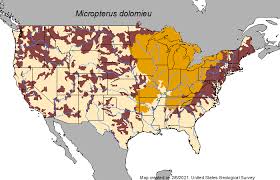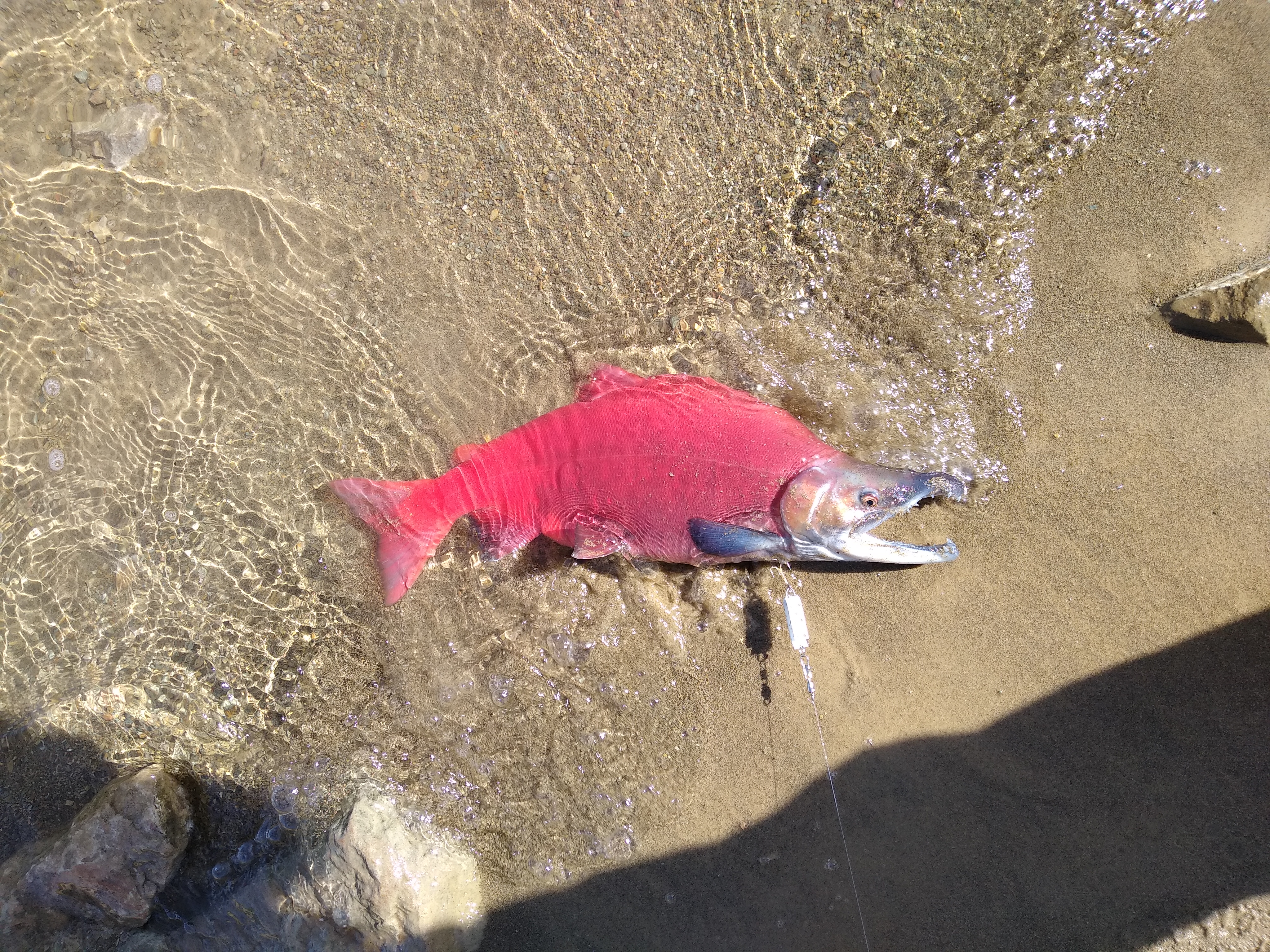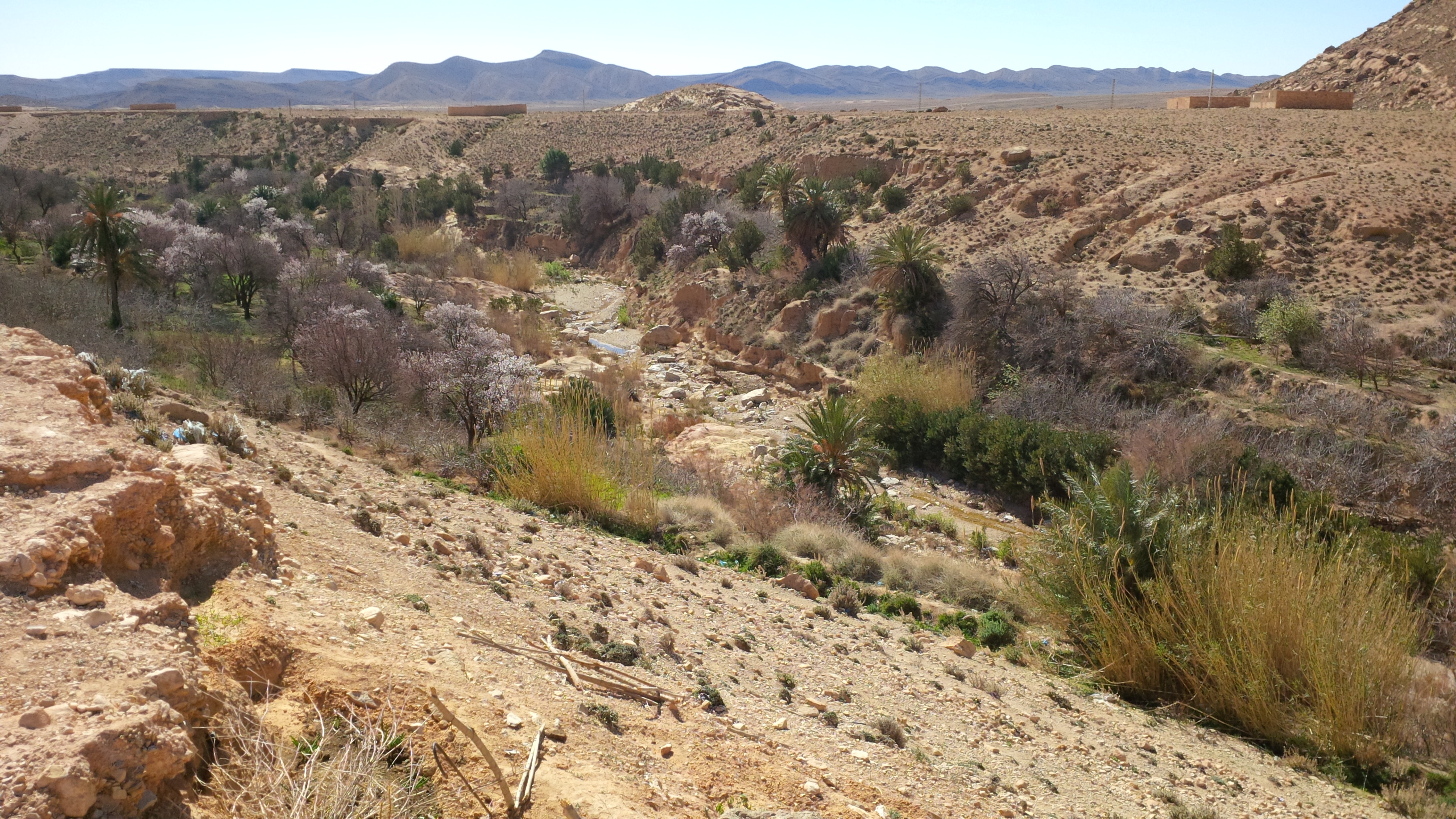|
Skaha Lake
Skaha Lake is a freshwater lake, through which the Okanagan River flows, in the Okanagan region of south central British Columbia. Along the shoreline are Penticton (north), Kaleden (west), and Okanagan Falls (south). Name origin The lake was labelled L. du Chien on Anderson's map (1867) and Du Chien L. on Trutch maps (1866 and 1871). Likely named by French Canadian fur traders, the origin is unknown. The translation as Dog Lake was later adopted. When changed to Skaha Lake in 1930, the Shuswap name for dog was mistakenly chosen. The Okanagan meaning of Skaha is horse. Ferries In the early years, the Okanagan depended upon water transportation from the rail terminal at Okanagan Landing. Penticton separates Okanagan Lake from Skaha Lake. In 1893, W. J. Snodgrass acquired a new boat, the ''Jessie,'' named for his daughter. Plying the Okanagan Falls–Penticton run, this boat burned at the Falls in 1898. In 1894, the Canadian Pacific Railway (CP) built the sternwheeler SS ''Fai ... [...More Info...] [...Related Items...] OR: [Wikipedia] [Google] [Baidu] |
British Columbia
British Columbia is the westernmost Provinces and territories of Canada, province of Canada. Situated in the Pacific Northwest between the Pacific Ocean and the Rocky Mountains, the province has a diverse geography, with rugged landscapes that include rocky coastlines, sandy beaches, forests, lakes, mountains, inland deserts and grassy plains. British Columbia borders the province of Alberta to the east; the territories of Yukon and Northwest Territories to the north; the U.S. states of Washington (state), Washington, Idaho and Montana to the south, and Alaska to the northwest. With an estimated population of over 5.7million as of 2025, it is Canada's Population of Canada by province and territory, third-most populous province. The capital of British Columbia is Victoria, British Columbia, Victoria, while the province's largest city is Vancouver. Vancouver and its suburbs together make up List of census metropolitan areas and agglomerations in Canada, the third-largest metropolit ... [...More Info...] [...Related Items...] OR: [Wikipedia] [Google] [Baidu] |
Paddle Steamer
A paddle steamer is a steamship or steamboat powered by a steam engine driving paddle wheels to propel the craft through the water. In antiquity, paddle wheelers followed the development of poles, oars and sails, whereby the first uses were wheelers driven by animals or humans. In the early 19th century, paddle wheels were the predominant way of propulsion for steam-powered boats. In the late 19th century, paddle propulsion was largely superseded by the propeller, screw propeller and other marine propulsion systems that have a higher efficiency, especially in rough or open water. Paddle wheels continue to be used by small, pedal-powered paddle boats and by some ships that operate tourist voyages. The latter are often powered by diesel engines. Paddle wheels The paddle wheel is a large steel framework wheel. The outer edge of the wheel is fitted with numerous, regularly spaced paddle blades (called floats or buckets). The bottom quarter or so of the wheel travels under wate ... [...More Info...] [...Related Items...] OR: [Wikipedia] [Google] [Baidu] |
Smallmouth Bass
The smallmouth bass (''Micropterus dolomieu'') is a species of freshwater fish in the Centrarchidae, sunfish family (biology), family (Centrarchidae) of the order (biology), order Centrarchiformes. It is the type species of its genus ''Micropterus'' (black basses), and is a popular game fish sought by anglers throughout the temperate zones of North America, and has been spread by fish stocking, stocking —as well as illegal introduced species, introductions—to many cool-water tributaries and lakes in Canada and more so introduced in the United States. The maximum recorded size is approximately and . The smallmouth bass is native to the upper and middle Mississippi River basin, the Saint Lawrence River–Great Lakes system, the Champlain Valley, and the Hudson Bay basin. Its common names include smallmouth, bronzeback, brown bass, brownie, smallie, bronze bass, and bareback bass. Description Smallmouth have a slender but muscular fusiform body shape making them powerful ... [...More Info...] [...Related Items...] OR: [Wikipedia] [Google] [Baidu] |
Rainbow Trout
The rainbow trout (''Oncorhynchus mykiss'') is a species of trout native to cold-water tributary, tributaries of the Pacific Ocean in North America and Asia. The steelhead (sometimes called steelhead trout) is an Fish migration#Classification, anadromous (sea-run) form of the coastal rainbow trout or Columbia River redband trout that usually returns to freshwater to Spawn (biology), spawn after living two to three years in the ocean. Adult freshwater stream rainbow trout average between , while lake-dwelling and anadromous forms may reach . Coloration varies widely based on subspecies, forms, and habitat. Adult fish are distinguished by a broad reddish stripe along the lateral line, from gills to the tail, which is most vivid in breeding males. Wild-caught and Fish hatchery, hatchery-reared forms of the species have been transplanted and introduced for food or sport in at least 45 countries and every continent except Antarctica. Introductions to locations outside their nativ ... [...More Info...] [...Related Items...] OR: [Wikipedia] [Google] [Baidu] |
Kokanee Salmon
The kokanee salmon (''Oncorhynchus nerka''), also known as the kokanee trout, little redfish, silver trout, kikanning, Kennerly's salmon, Kennerly's trout, or walla, is the non anadromous form of the sockeye salmon (meaning that they do not migrate to the sea, instead living out their entire lives in fresh water). Some debate exists as to whether the kokanee and its sea-going relative are separate species; geographic isolation, failure to interbreed, and genetic distinction point toward a recent divergence in the history of the two groups. The divergence most likely occurred around 15,000 years ago when a large ice melt created a series of freshwater lakes and rivers across the northern part of North America. While some members of the salmon and trout family ( salmonids) went out to sea (anadromous), others stayed behind in fresh water (nonanadromous). The separation of the sockeye and the kokanee created a unique example of sympatric speciation that is relatively new in evoluti ... [...More Info...] [...Related Items...] OR: [Wikipedia] [Google] [Baidu] |
Xeric Shrubland
Deserts and xeric shrublands are a biome defined by the World Wide Fund for Nature. Deserts and xeric (Ancient Greek 'dry') shrublands form the largest terrestrial biome, covering 19% of Earth's land surface area. Ecoregions in this habitat type vary greatly in the amount of annual rainfall they receive, usually less than annually except in the margins. Generally evaporation exceeds rainfall in these ecoregions. Temperature variability is also diverse in these lands. Many deserts, such as the Sahara, are hot year-round, but others, such as East Asia's Gobi Desert, become quite cold during the winter. Temperature extremes are a characteristic of most deserts. High daytime temperatures give way to cold nights because there is no insulation provided by humidity and cloud cover. The diversity of climatic conditions, though quite harsh, supports a rich array of habitats. Many of these habitats are ephemeral in nature, reflecting the paucity and seasonality of available water. Woo ... [...More Info...] [...Related Items...] OR: [Wikipedia] [Google] [Baidu] |
Columbia Plateau (ecoregion)
The Columbia Plateau ecoregion is a Level III ecoregion designated by the United States Environmental Protection Agency (EPA) encompassing approximately of land within the U.S. states of Washington, Oregon, and Idaho. The ecoregion extends across a wide swath of the Columbia River Basin from The Dalles, Oregon to Lewiston, Idaho to Okanogan, Washington near the Canada–U.S. border. It includes nearly of the Columbia River, as well as the lower reaches of major tributaries such as the Snake and Yakima rivers and the associated drainage basins. It is named for the Columbia Plateau, a flood basalt plateau formed by the Columbia River Basalt Group during the late Miocene and early Pliocene. The arid sagebrush steppe and grasslands of the region are flanked by moister, predominantly forested, mountainous ecoregions on all sides. The underlying basalt is up to thick and partially covered by thick loess deposits. Where precipitation amounts are sufficient, the deep loess soils h ... [...More Info...] [...Related Items...] OR: [Wikipedia] [Google] [Baidu] |
Cascade Mountains Leeward Forests
The Cascade Mountains leeward forests are a temperate coniferous forest ecoregion of North America, as defined by the World Wildlife Fund (WWF) categorization system. Setting This is a band of mountain habitat running north–south along the leeward side of the Cascade Mountains in British Columbia, Canada and Washington, United States, with the Okanagan Highland to the south on the US-Canada border and the Chilcotin Ranges to the north. This is a varied mountain landscape of rugged, snowy peaks, glaciers and alpine meadows. In the southern ranges the temperature varies from in summer to in winter with the northern ranges cooler. Flora Higher elevation subalpine slopes are home to Engelmann spruce (''Picea engelmannii''), subalpine fir (''Abies lasiocarpa'') and lodgepole pine (''Pinus contorta'') while lower montane forests consist of lodgepole pine, quaking aspen (''Populus tremuloides''), white spruce (''Picea glauca'') and Rocky Mountain Douglas-fir. Fauna Wildlife of ... [...More Info...] [...Related Items...] OR: [Wikipedia] [Google] [Baidu] |
Okanagan Dry Forests
Okanagan dry forests is a temperate coniferous forest ecoregion in the Pacific Northwest of North America, as defined by the World Wildlife Fund (WWF) categorization system. It is closely associated with the Okanagan region of British Columbia and Washington (state), Washington. Only 20% of the ecosystem is still intact, and continues to be under threat for preservation due to land clearing and urban expansion, alongside the increasing threats of fire and extreme weather due to climate change. Geography This ecoregion occupies the south-central interior of British Columbia and adjacent Washington (state), Washington state between the Rocky Mountains to the east and the Pacific Ranges to the west. It is composed of gently rolling hills of Tertiary Sedimentary basin, sediments and volcanic rocks between 1220 and 1525 metres (4000–5000 ft) in elevation. These hills are incised by numerous bodies of water such as the Columbia River, Thompson River, and Okanagan Lake. Climate T ... [...More Info...] [...Related Items...] OR: [Wikipedia] [Google] [Baidu] |
Vaseux Lake
Vaseux Lake is a shallow freshwater lake located along the course of the Okanagan River in the Okanagan Valley of British Columbia, Canada. Name origin The name "'' vaseux''" is French, meaning muddy or murky, which is descriptive of the lake's silty water. The lake was likely named by French Canadian fur traders. The lake was misspelled as Vasuix Lake on Joseph Trutch's maps from 1866 and 1871. For many years the name was later spelled Vaseaux Lake; in 1945 the Geographic Board of BC corrected the official name to its present form. Geography The town of Okanagan Falls is to the north, and the town of Oliver is to the south. The lake lies to the east of Mount Keogan, while British Columbia Highway 97 runs alongside the east shore of the lake, and has a sharp hairpin turn at the Vaseaux Lake Rock Cut which has been the scene of many accidents and deaths. McIntyre Bluff, Vaseux Creek and the associated alluvial fan are to the south; however, it does not flow into Vaseux La ... [...More Info...] [...Related Items...] OR: [Wikipedia] [Google] [Baidu] |
Car Float
A railroad car float or rail barge is a specialised form of Lighter (barge), lighter with railway tracks mounted on its deck used to move rolling stock across water obstacles, or to locations they could not otherwise go. An unpowered barge, it is towed by a tugboat or pushed by a towboat. This is distinguished from a train ferry, which is self-powered. Historical operations U.S. East Coast During the American Civil War, Civil War, Union general Herman Haupt, a civil engineer, used huge barges fitted with tracks to enable military trains to cross the Rappahannock River in support of the Army of the Potomac. Beginning in the 1830s, the Baltimore and Ohio Railroad (B&O) operated Capital Subdivision#Alexandria Division, a car float across the Potomac River, just south of Washington, D.C., between Shepherds Landing on the east shore, and Alexandria, Virginia on the west. The ferry operation ended in 1906. The B&O operated a car float across the Baltimore Inner Harbor until ... [...More Info...] [...Related Items...] OR: [Wikipedia] [Google] [Baidu] |
SS York
SS ''York'' was a small steamer that was used to haul freight on Okanagan Lake and Skaha Lake. ''York'' was built in 1902 by Bertram Iron Works of Toronto Toronto ( , locally pronounced or ) is the List of the largest municipalities in Canada by population, most populous city in Canada. It is the capital city of the Provinces and territories of Canada, Canadian province of Ontario. With a p ... and assembled at Okanagan Landing. She was pre-fabricated with a steel hull and was twin-screw-driven. She was a small vessel in comparison to the many other ships on the lake; ''York'' was only 88 by 16 feet (27 by 4.9 metres). ''York'' was capable of moving 134 tons in freight and could carry up to 90 passengers. Purpose ''York'' was originally built to replace SS ''Victoria'' on Trout Lake in the Kootenays; however, SS ''Aberdeen'' was in need of a relief vessel. ''Aberdeen'' was in dire need of a refitting, hence ''York'' was launched on Lake Okanagan in 1902. After ''Ab ... [...More Info...] [...Related Items...] OR: [Wikipedia] [Google] [Baidu] |





